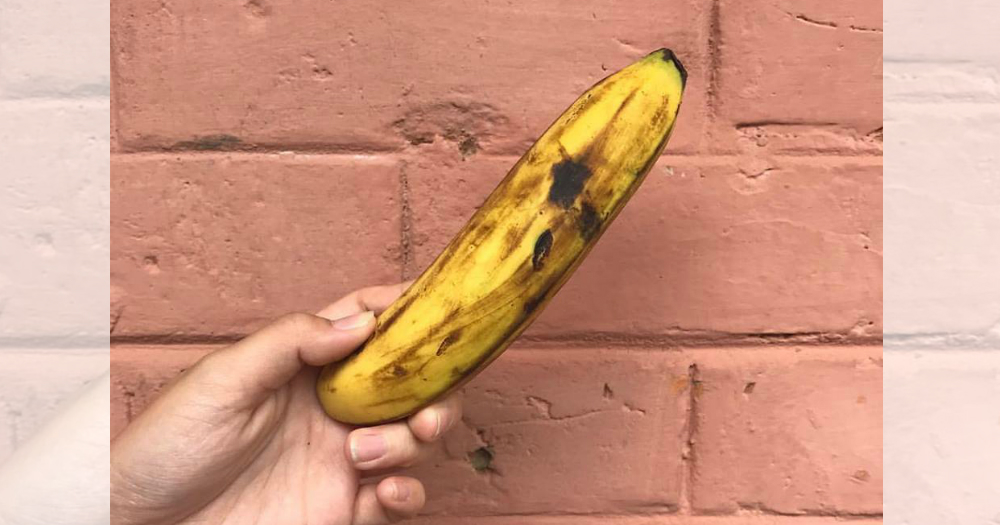Mention waste and this probably comes to mind.
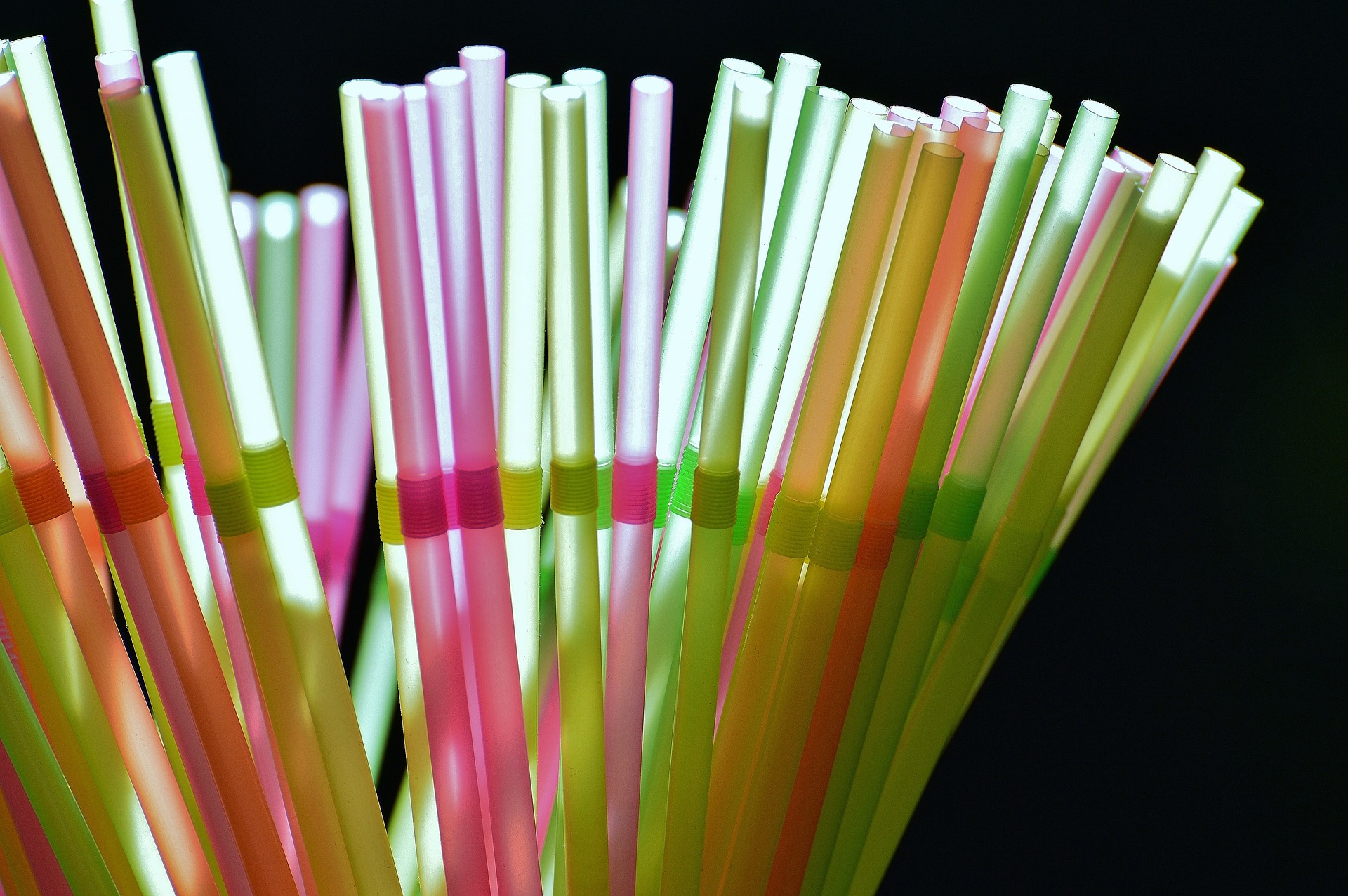
Yes, plastic.
But do you know that food waste is as big a problem as plastic waste here in Singapore?
According to statistics from the National Environment Agency (NEA), food waste has increased over the years. In 2017, 810 million kg food waste was generated in Singapore.
While recycling is one way of reducing waste disposed of at our incineration plants, upstream waste reduction should be the first and preferred step of managing waste.
So here we are. Let’s talk about minimising food waste.
Discrimination against ugly fruits and vegetables
Now this appeals to humans’ idea of “beauty means best”: a tomato that looks pretty and perfect is often associated with great taste and nutritional value.
An ugly one, on the other hand, is not given a fair chance.
But we all know this rule doesn’t apply to humans. At least not all the time.
Our obsession with picking perfect produce means that wholesalers will do an internal clearout of the ugly ones first.
That’s akin to genocide of ugly foods. Edible foods.
How NOT to pick fruits and vegetables
As a general rule of thumb, fruits with some bruises are still fit for consumption.
Slight discolouration? No problem.
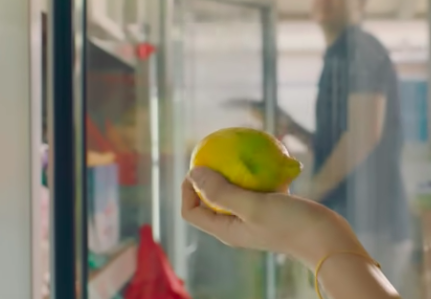 Screenshot from video
Screenshot from video
A largely yellow banana with black patches? As long as it’s not entirely black or surrounded constantly by fruit flies, it is safe to eat.
Just some dirt on the apple, perfectly ok to eat after a thorough wash or two.
 Screenshot from video
Screenshot from video
Likewise for this pear.
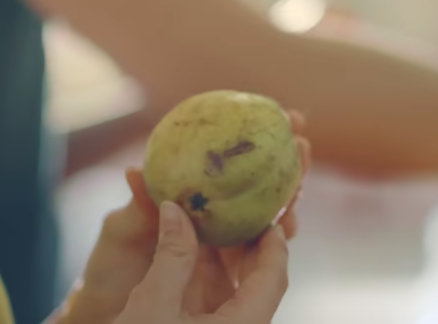 Screenshot from video
Screenshot from video
If it really bothers you, just remove the skin before you eat them.
What to actually look out for
Now, we are not advocating you to just pick and buy fruits blindly because some foods may look ok on the outside, but may not actually be safe for consumption.
Texture
For those vegetables and fruits with high water content, the texture is a dead giveaway. A rotting one feels squishy to the touch. Plus, if they are leaking juices, it’s quite likely that they are turning bad or have turned bad. Avoid those like the plague.
This Japanese cucumber is too sweaty, which means it is turning bad.
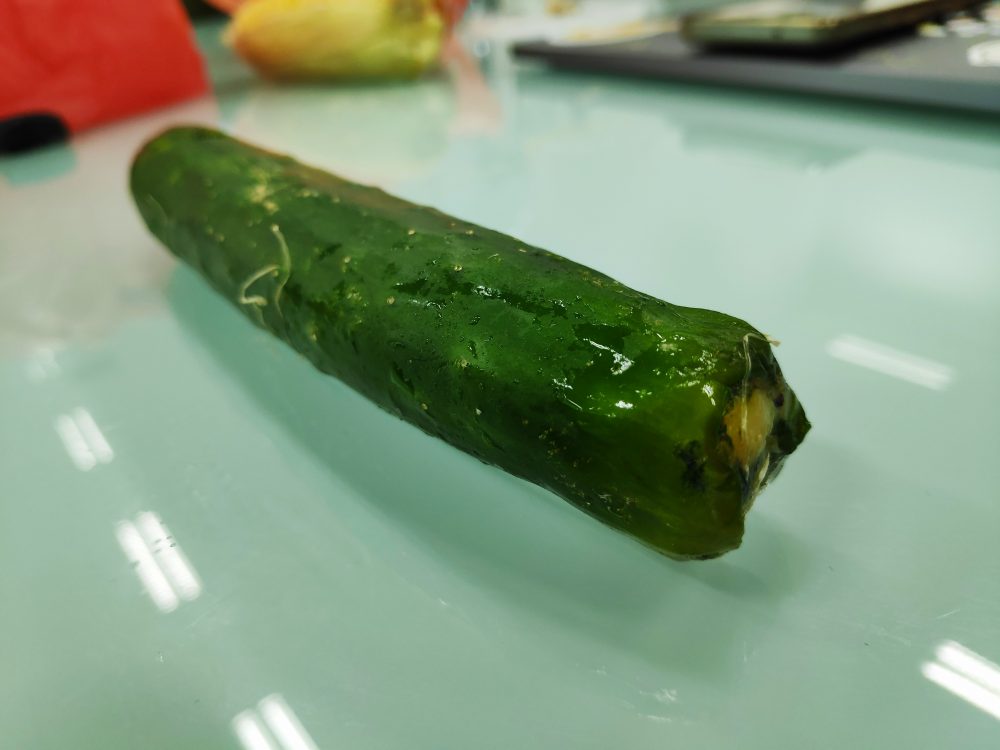 Photo by Tan Xing Qi
Photo by Tan Xing Qi
Observe the kernels: yup, they look deflated and squished. This corn is a no go for consumption.
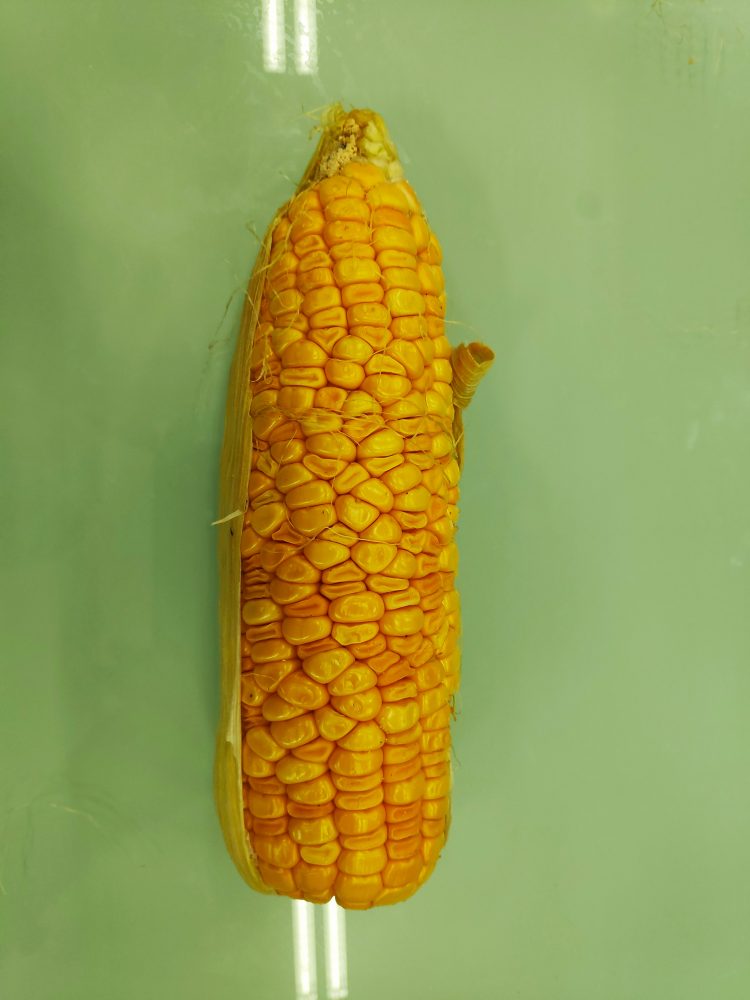 Photo by Tan Xing Qi
Photo by Tan Xing Qi
Smell
Another way to determine the freshness is by smell. And usually the bad ones smell really bad.
To quote a hawker we spoke to: “You can smell one. The really bad ones can smell like a dead rat.”
Yikes.
Truth is, the hawkers filter out the spoilt fruits and vegetables at least once before putting them up for sale -- the ones left (ugly or pretty) are all fit for consumption. Unless there’s human error.
Because which seller would want to be known for selling rotten stuff?
By not buying food simply because of their blemishes, you are passing up food that are equally as nutritious as the pretty-looking ones, and contributing to food waste.
“Best before”/ “Use by” dates
Another way to prevent food waste is to understand “Best before” and “Use by” dates.
“Best before” dates indicate quality. They tell you how long the food will be at its best quality.
This means that foods that have passed their “best before” date are still edible but may not taste the best. Some examples include spreads and biscuits.
Depending on the types, foods with “best before” dates can still be eaten up to several months after the date.
“Use by” dates, on the other hand, indicate safety for consumption.
Perishable foods can be easily contaminated, even if they look or smell fine. Hence they come with a “use by” date which indicate when they are considered unsafe to eat. These foods include milk and yoghurt.
Education on ugly food
The lack of education on ugly food has spurred some businesses to reduce food waste and educate the public.
One such business is the aptly named UglyFood.
Founded by Pei Shan and Augustine, UglyFood is a social enterprise that rescues "ugly" or unsold fresh produce and encourages people to eat healthy while wasting less food.
They divert fresh produce from the trash and transform them into delicious and nutritious products or resell at better prices.
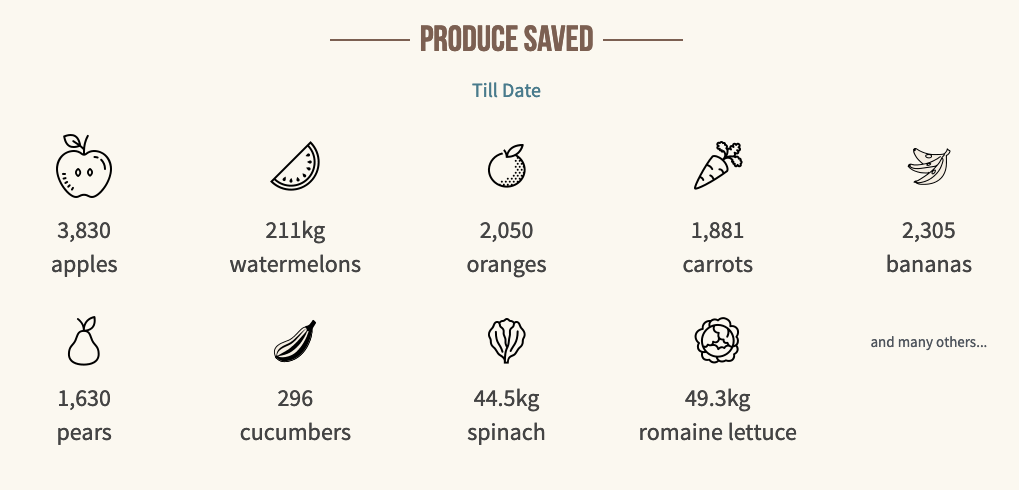 Screenshot from UglyFood
Screenshot from UglyFood
Check out what they do here:
So now you know to stop judging fruits and vegetables as well. It’s 2019, folks.
Top photo via
This sponsored article by the National Environment Agency (NEA) helped us have a fun conversation with a fruit seller. Read more here.
If you like what you read, follow us on Facebook, Instagram, Twitter and Telegram to get the latest updates.
